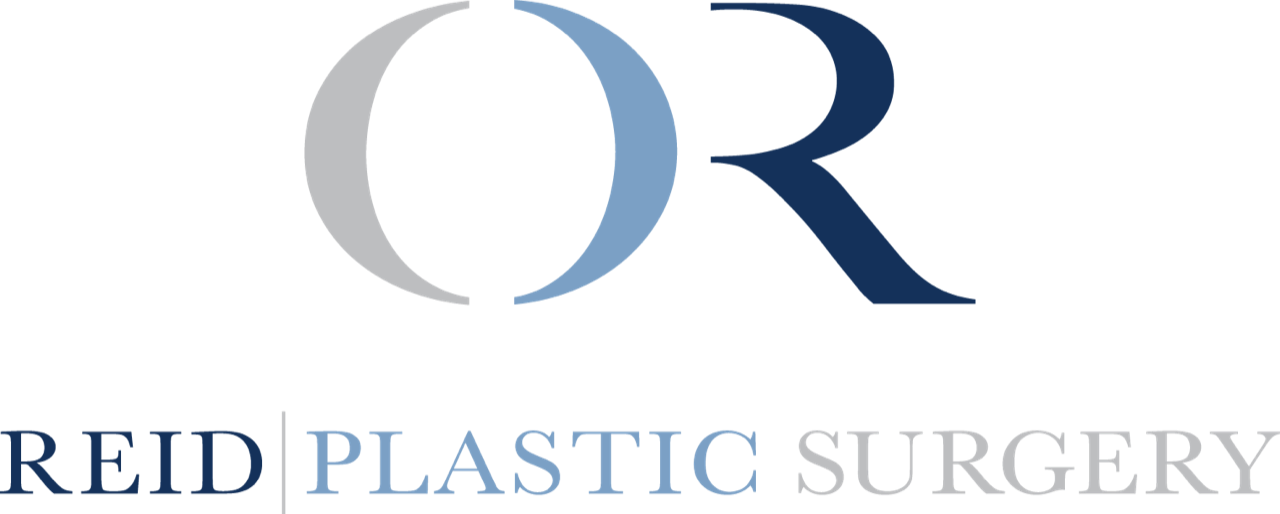BRAZILIAN BUTT LIFT UPDATE
This will be of interest to anyone who is considering a Brazilian Butt Lift (BBL) in Vancouver. In it’s most common form, the BBL is a two part procedure comprised of circumferential liposuction of the torso and fat transfer to the buttocks. Recently, several plastic surgery organizations have expressed their concern regarding the safety of the Brazilian Butt Lift procedure. A selected group of international experts was asked to review the matter and their findings and recommendations have recently been made available. I would like to review these findings, the history and current state of BBLs in my practice and my thoughts on where we go from here.
My Experience
In my own practice, the BBL has been a safe and effective method of improving body shape and proportions. Over the past 12 months, BBLs have emerged as one of the most common procedures in my cosmetic practice. I’m not aware of any complications, in my own practice, that have been related to the fat grafting portion of the procedure.
Cause for Concern
During the last few years, the popularity of BBLs has grown rapidly, however, several fatalities, outside of Canada, have been cause for concern. Many of these cases have been reviewed. Here is what is known:
- The mortality rate is approximately 1 in 3000 - the highest for any aesthetic procedure by a wide margin.
- In all cases of BBL related deaths, the cause was a fat embolism - a complication where fat injected in to the buttock area enters a deep vein and travels to the heart and lungs.
- In all cases of fat embolism, transferred fat was identified within and deep to the gluteal muscles, where these large veins are found.
- There have been no identified cases of fat embolism when the fat is exclusively grafted in to the subcutaneous layer.
The recommendations that followed this review address technique and equipment in an effort to help surgeons avoid intra-muscular injections and fat embolism.
Impact On My Practice
I have reviewed my own practice so that I may offer the safest BBL possible. As before, I will continue to avoid intra-muscular injections of fat, however, inadvertent placement of fat in the muscle remains a possibility. Patients need to be aware of this issue and give it due consideration as they weigh the potential risks and benefits of surgery.
Given that intra-muscular injections are to be avoided, and given that the subcutaneous layer will only accommodate a finite amount of fat, there will be limitations to the amount of fat that can be grafted and therefore limitations to the degree of gluteal augmentation that can be achieved.
Part of my role is to clarify the balance of risks and benefits for each patient during the consultation so that it’s possible for patients to make an informed decision. I will continue to follow this issue closely in an effort to stay current with the best available evidence.
Cutting Edge Technology
What to expect during your consultation
- Your diagnosis and recommended treatment plan
- Alternatives to the recommended treatment
- Technical details about the procedure itself
- The expected outcome
- The recovery process
- The potential risks
- The fees and the booking process

